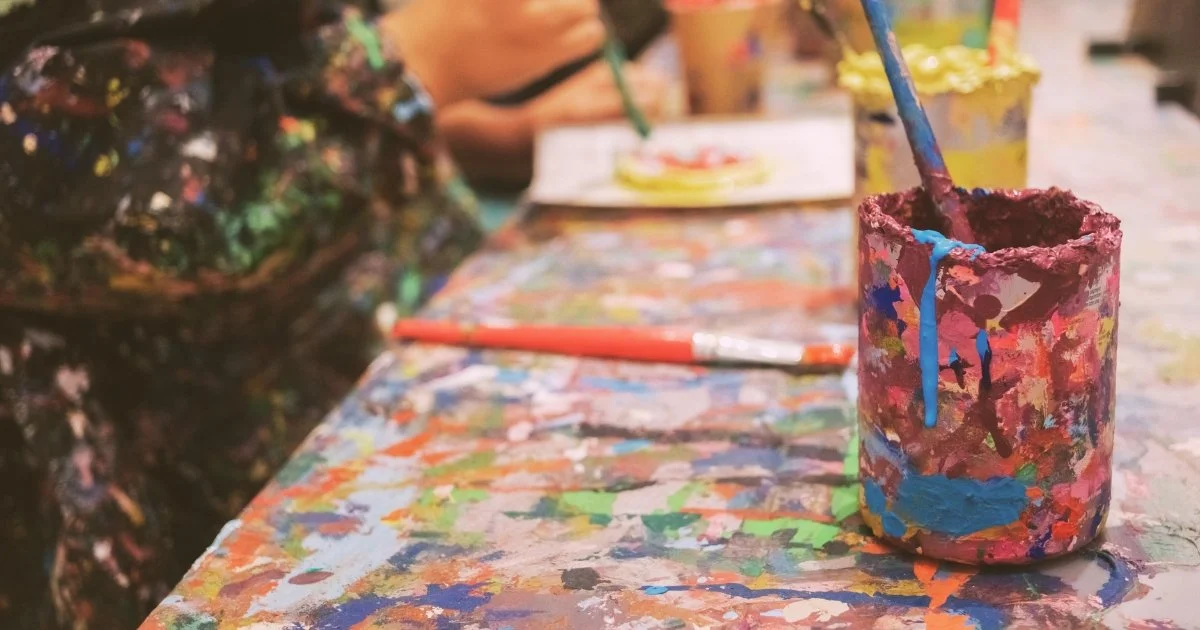Expressive Arts
Bilateral art is a creative practice that invites both sides of the brain to work together through bilateral movements. When incorporated into therapy and other healing practices, bilateral art can help to process emotions, memories, and insights and integrate traumatic memories.
For many late-diagnosed Autistic adults, unmasking is both empowering and unsettling. After a lifetime of suppressing Autistic traits to fit into a neurotypical world, the question Who am I beneath this mask? takes center stage. Expressive arts exercises can offer a powerful, nonverbal vehicle to reconnect with your authentic self in a way that feels grounding and embodied. In this post, we’re diving into 5 of my favorite unmasking expressive arts exercises.
Growth, healing, and self-discovery don’t follow a one-size-fits-all path - especially for neurodivergent folks. Whether you need deeper self-understanding, practical strategies, or creative expression, the right support can make all the difference. But how do therapy and coaching compare, and which one is right for you? Let’s dive in.
If you’ve ever felt like traditional talk therapy just doesn’t cut it, you’re not alone. Often, words just aren’t enough - or sometimes, we can’t even find them. That’s where expressive arts therapy can really make an impact - it allows us to express what words can’t.





Looking for a simple way to reconnect with your body and emotions? This creative body scan activity uses expressive art and bilateral drawing (using both hands!) to help you process stress, burnout, and overwhelm—especially if you're neurodivergent, sensitive, or always in your head. No art skills needed—just paper, color, and curiosity. Learn how to listen to your body through intuitive movement, mark making, and reflection.